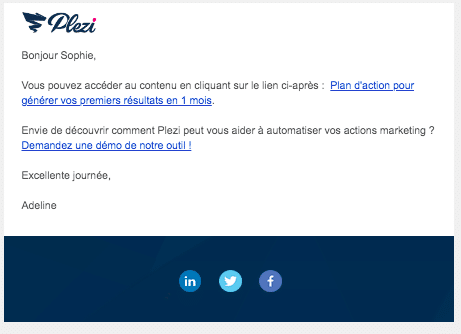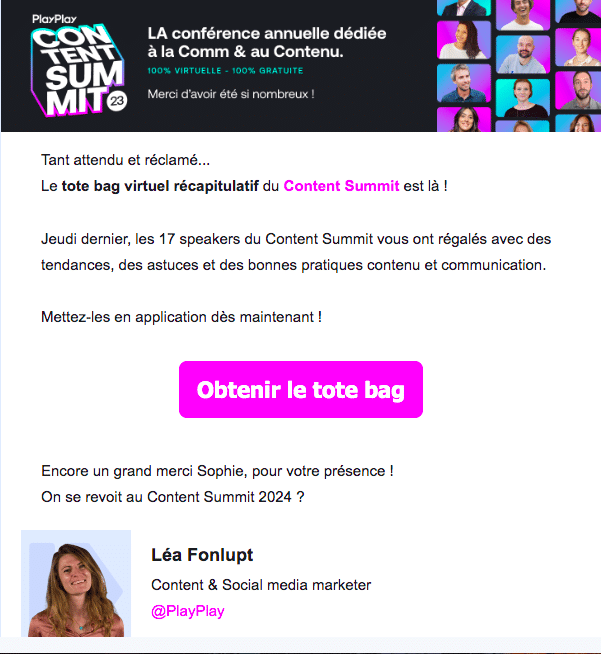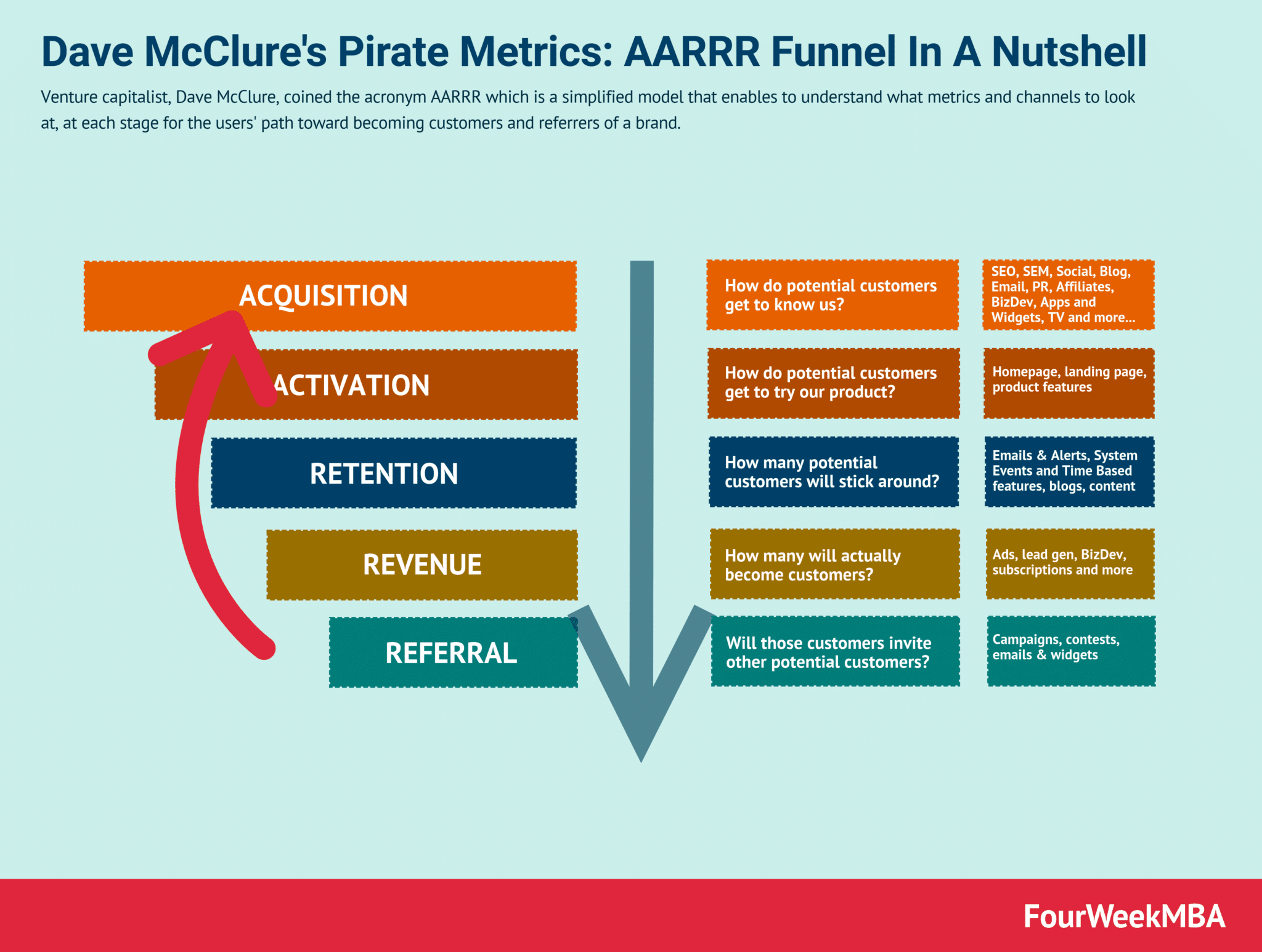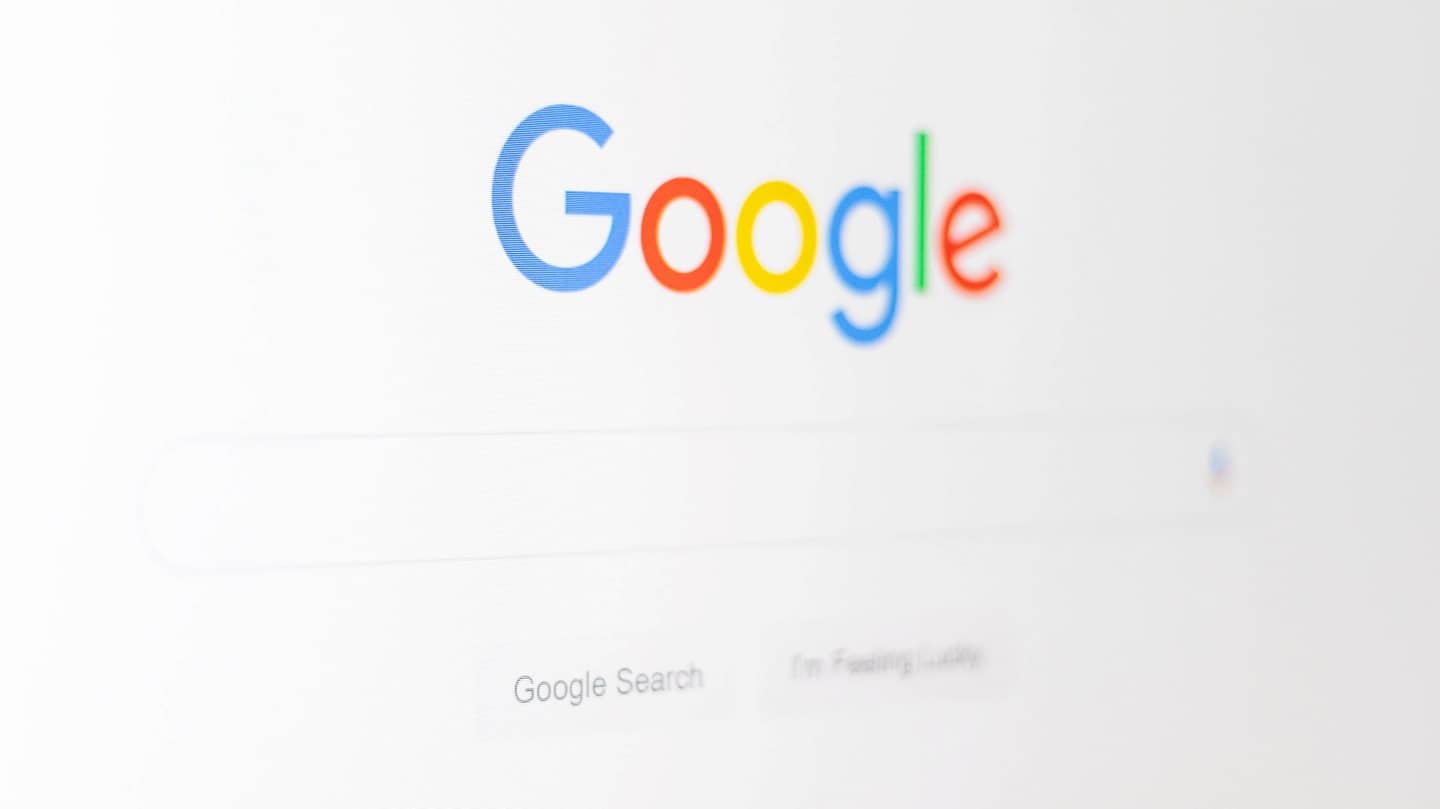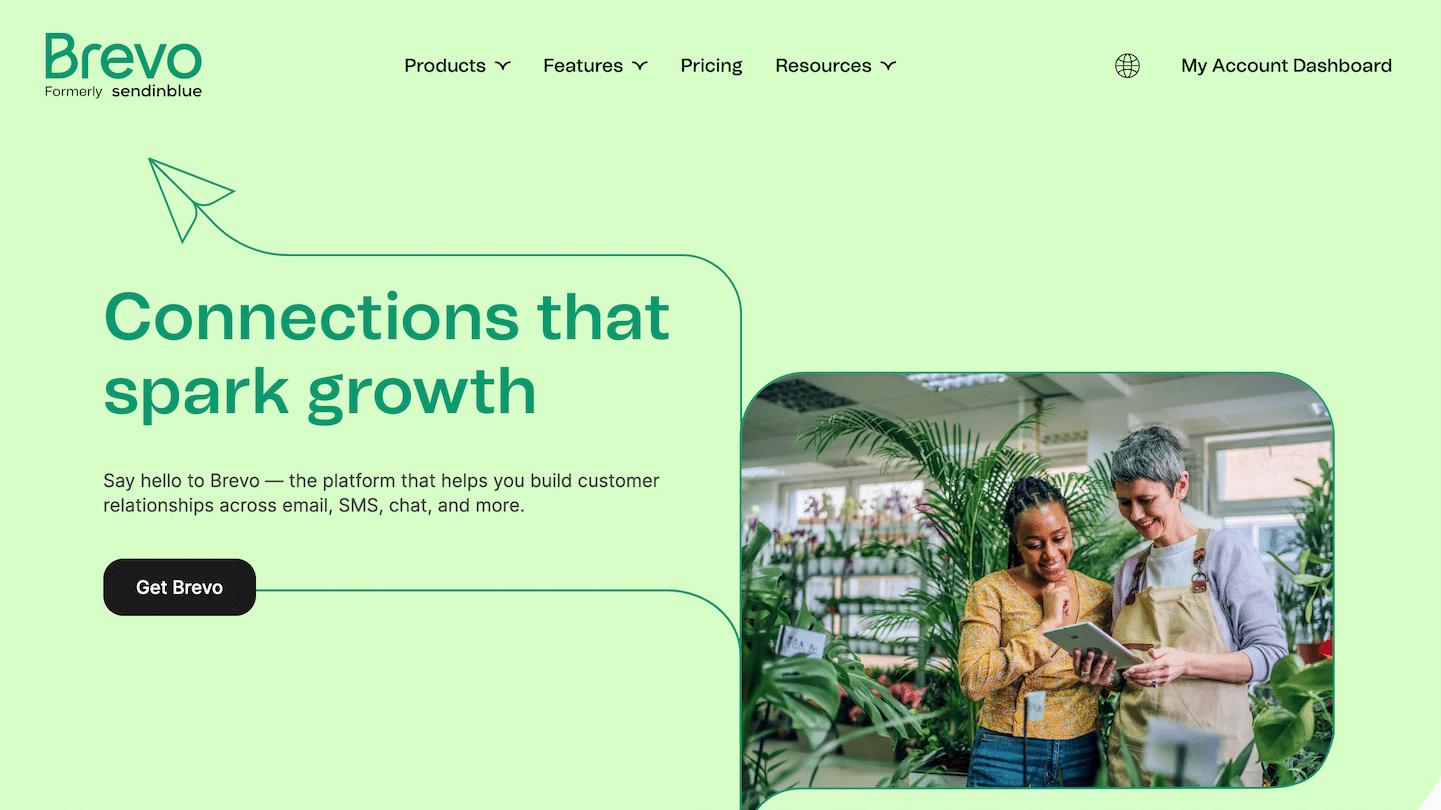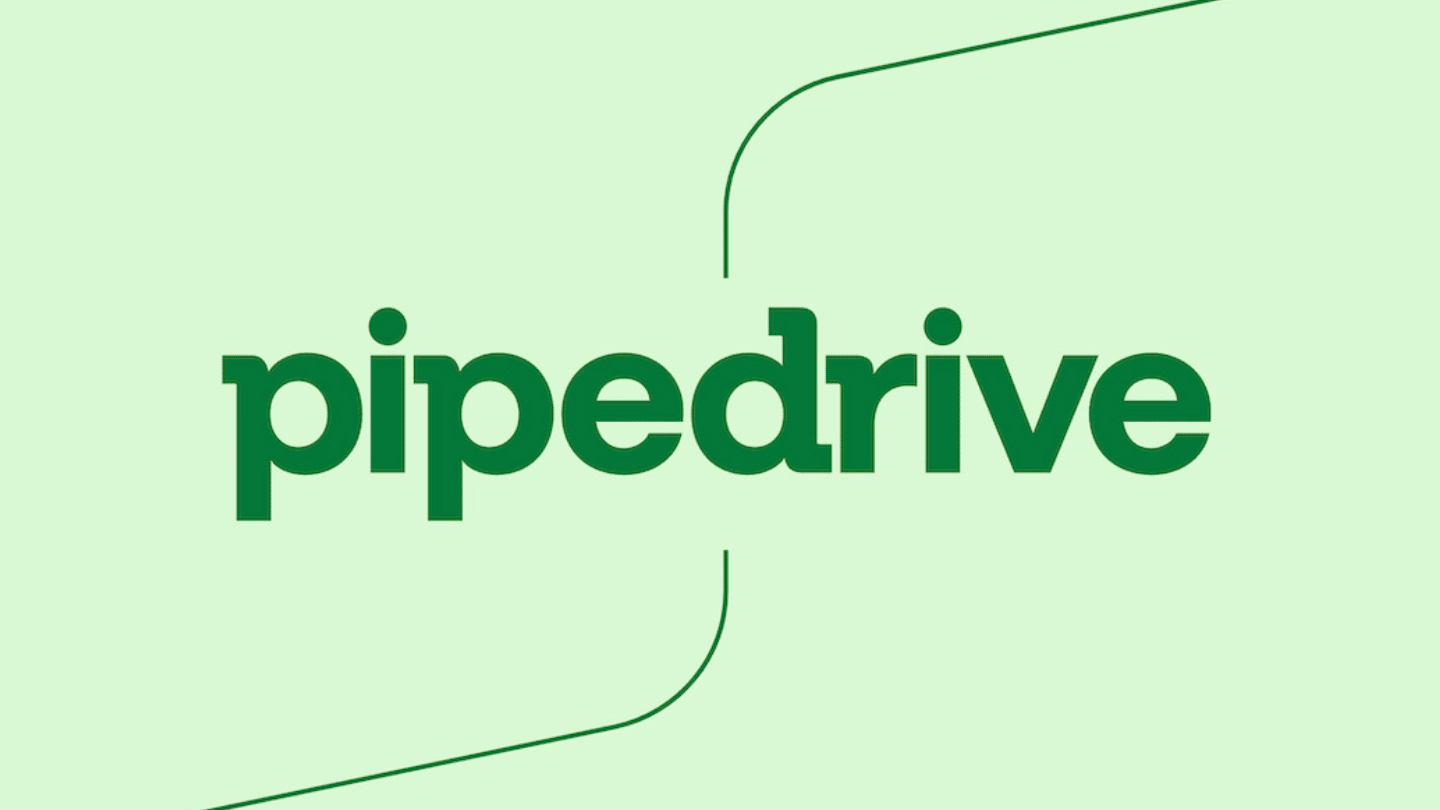Used properly, Marketing Automation scenarios are an excellent way of saving resources while improving your sales performance.
Here’s a reminder of the steps involved in setting one up:
- Be clear about your objective.
- Determine the trigger and end elements of your scenario.
- Diagram your sequence to get an overview.
- Choose your Marketing Automation tools according to your needs.
- Set up your scenario.
- Analyze your results and identify areas for improvement.
In this article, I present 11 examples of marketing automation scenarios, each with an example of a trigger and the action that might follow. We drew examples from our mailboxes, trying to keep B2B examples to a minimum.
Sommaire
#1 Exchange scenario for a free trial
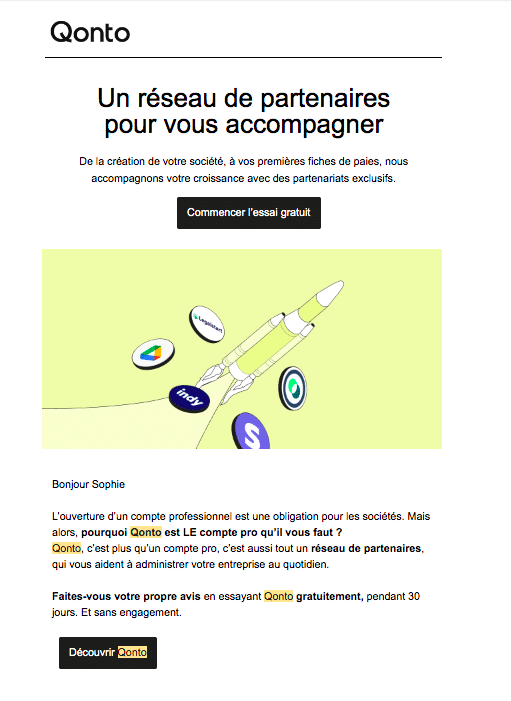
- Trigger: Your visitor signs up for a free trial.
- Action: There are many actions you can take after signing up for the free trial. For example, you can send out resources to help you get to grips with your software in the first few days after registration. If your prospect uses the software, don’t hesitate to send him further resources. If he doesn’t use it, you can put him in touch with your sales teams. A few days before the end of the trial period, be sure to send your prospects a message to encourage them to validate the trial period. If you organize webinars or training courses, don’t hesitate to invite them too, to maintain a link.
All the actions you put in place after the user has registered are very important if you want to make them a regular user. Your task is to determine which messages will keep users interested and when to send them.
#2 Newsletter subscription
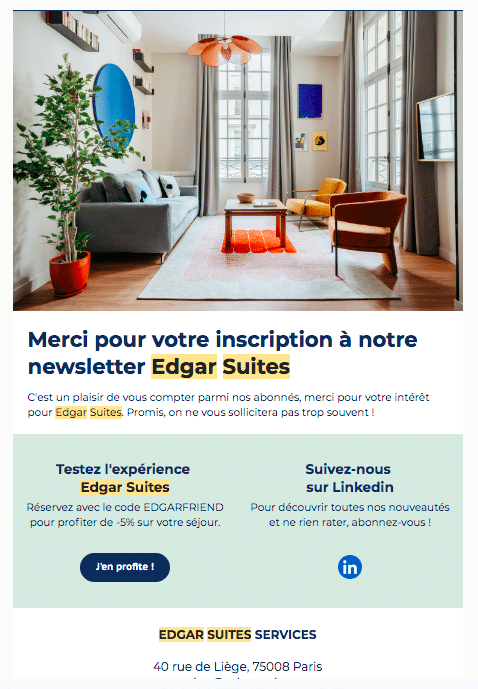
Edgar Suites : Welcome newsletter
- Trigger: A visitor subscribes to your newsletter
- Action: Immediately after registration, the visitor receives an email with :
- The frequency of our newsletter ;
- The content we send;
- A list of the most read articles on the blog ;
- A request to add our mailing address to his contacts (so as not to end up in Google’s promotions tab or as spam).
Newsletters are an excellent way to generate leads by email. The best way to keep your recipients engaged over the long term is to offer rich newsletters, with external links to other websites and qualitative content.
Make sure your content is relevant to your recipients’ interests and activities. You can also choose to tailor the newsletter according to recipients’ level of engagement with your content.
#3 Content Nurturing
- Trigger: Your prospect has downloaded a resource from your site.
- Action: You should take advantage of this opportunity to continue automatically sending them a series of educational or promotional content to turn the prospect into a customer. This will also help you classify your prospect.
Content nurturing should enable you to move your leads forward, turning them from prospects into customers thanks to high value-added, personalized and relevant content. Once a prospect has downloaded one of your contents, the aim is to identify which content is likely to appeal to them, based on their interests. For example, if one of your contacts downloads a guide to B2B lead generation, it’s a good idea to continue sending them the resources you offer on this topic.
You should also make sure that there are reasonable delays between each action in this workflow. This will of course depend on the length of the content you send and your prospect’s ability to assimilate it.
It’s a strategy that may take time to set up in order to achieve a relevant workflow, but it’s super effective for generating leads!
#4 Webinars
- Trigger: Your prospect signed up for a webinar but didn’t attend.
- Action: You can email him the replay of this webinar or a written summary with resources, and offer him a free 15-minute consultation. Your objective is not to sell, but to demonstrate your value.
If you organize webinars, inviting your prospects to attend is an excellent strategy to help them mature.
In addition to sending e-mails to those who missed the webinar, you can set up a workflow to automate the management of your webinars. This will enable you to send invitation and reminder emails automatically, saving your marketing teams a lot of time.
#5 Birthday

- Trigger: 1 year of contract (contract anniversary instead of person’s birthday).
Action
Show your customers that you’re interested in them, and don’t hesitate to celebrate anniversaries, for example. It’ll show him that you’re grateful for the trust he’s placed in you over the past year, and that there are many more years to come. You can also take stock of results and developments since your collaboration.
Personalized messages are a great way to keep potential customers interested. It’s a good opportunity to give them a special gift for the occasion and remind them of your interest!
#6 Rewards

- Trigger: Your prospect shows an interest in your product or services.
- Action: The best way to get people interested in your brand is to reward them for their interest. This can be done through gifts and exceptional offers, for example.
It’s a strategy that’s fairly easy for software suppliers to implement, but one that can be developed by more or less any type of company. For example, you can reward your customers for their online commitment.
#7 Cart abandonment
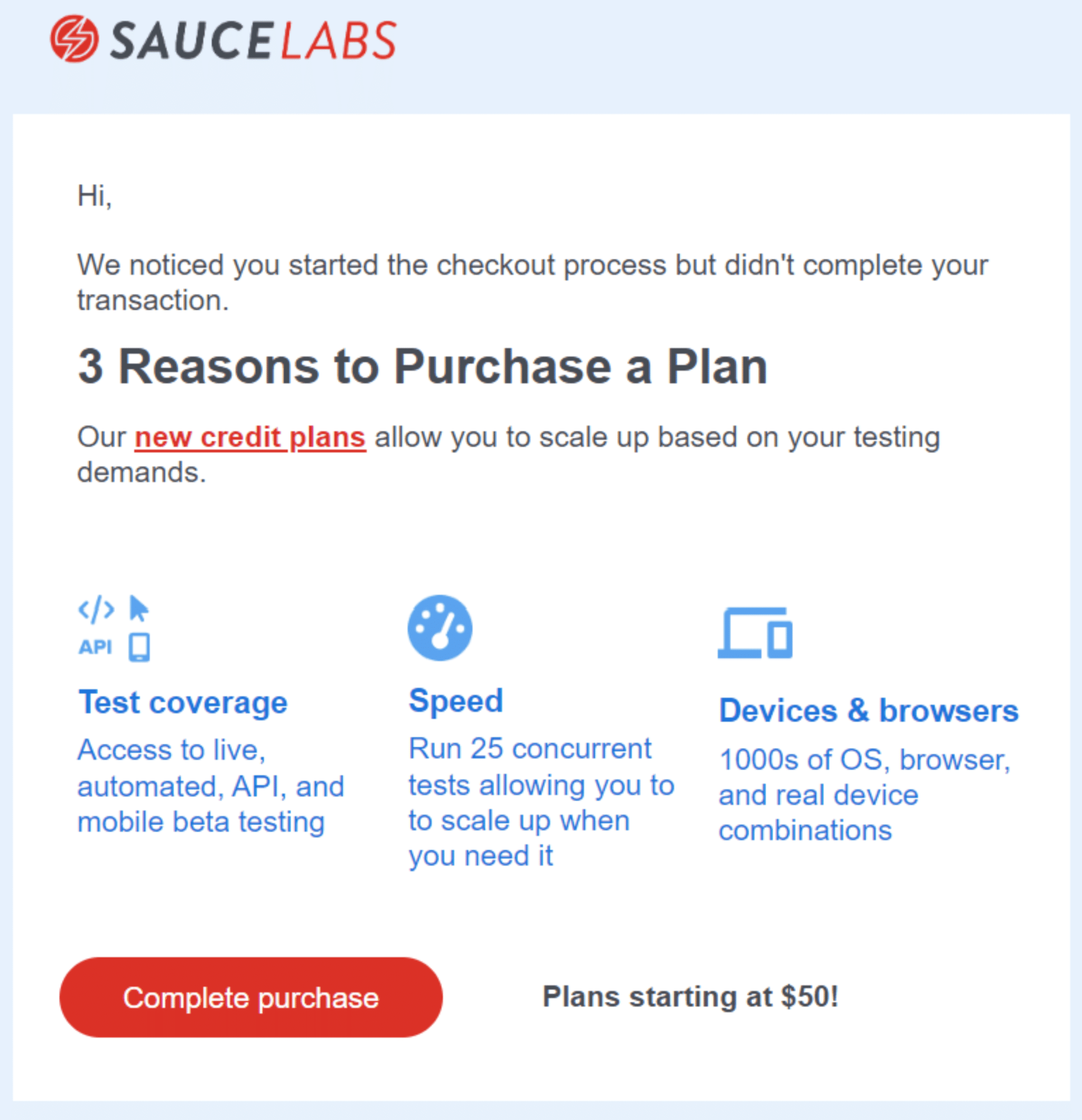
- Trigger: When your prospect hasn’t gone through with the purchase.
- Action: This action allows you to re-engage prospects who have shown interest but not followed through. The aim is to send them back to the site to recover this lost conversion. You can also offer them a discount to encourage them to take action, for example.
If the visitor is already on your contact list, you can create a workflow that is triggered when they visit certain pages on your site and leave without buying anything.
You can also send them a simple reminder that they’ve left without making a purchase, or take the opportunity to offer them a discount if they make a purchase within a specific timeframe.
To make your action even more effective, you can also combine cart abandonment emails with order confirmation emails to increase visitor engagement.
Going further
- If you’d like to find out more about sales prospecting, take a look at our various articles on the subject:
- Top 10 sales prospecting methods in 2022.
- Top 10 business development agencies.
- Create a sales prospecting plan in 6 steps.
#8 Re-engagement

- Trigger: A prospect you engaged some time ago who has ceased to be active.
- Action: When people lose interest in your brand, sometimes all you have to do is reach out and remind them that it’s been a while. First and foremost, it’s important to identify why they’ve lost interest. If it’s just a question of timing, perhaps now is the right time to relaunch them with personalized, sectorized content, for example.
The most important thing in these campaigns is to understand what’s blocking the prospect. The aim of the campaign may be to solve a common problem, or to understand the problem itself. Your users may encounter problems with accessibility or operating system support, for example.
#9 Lead scoring
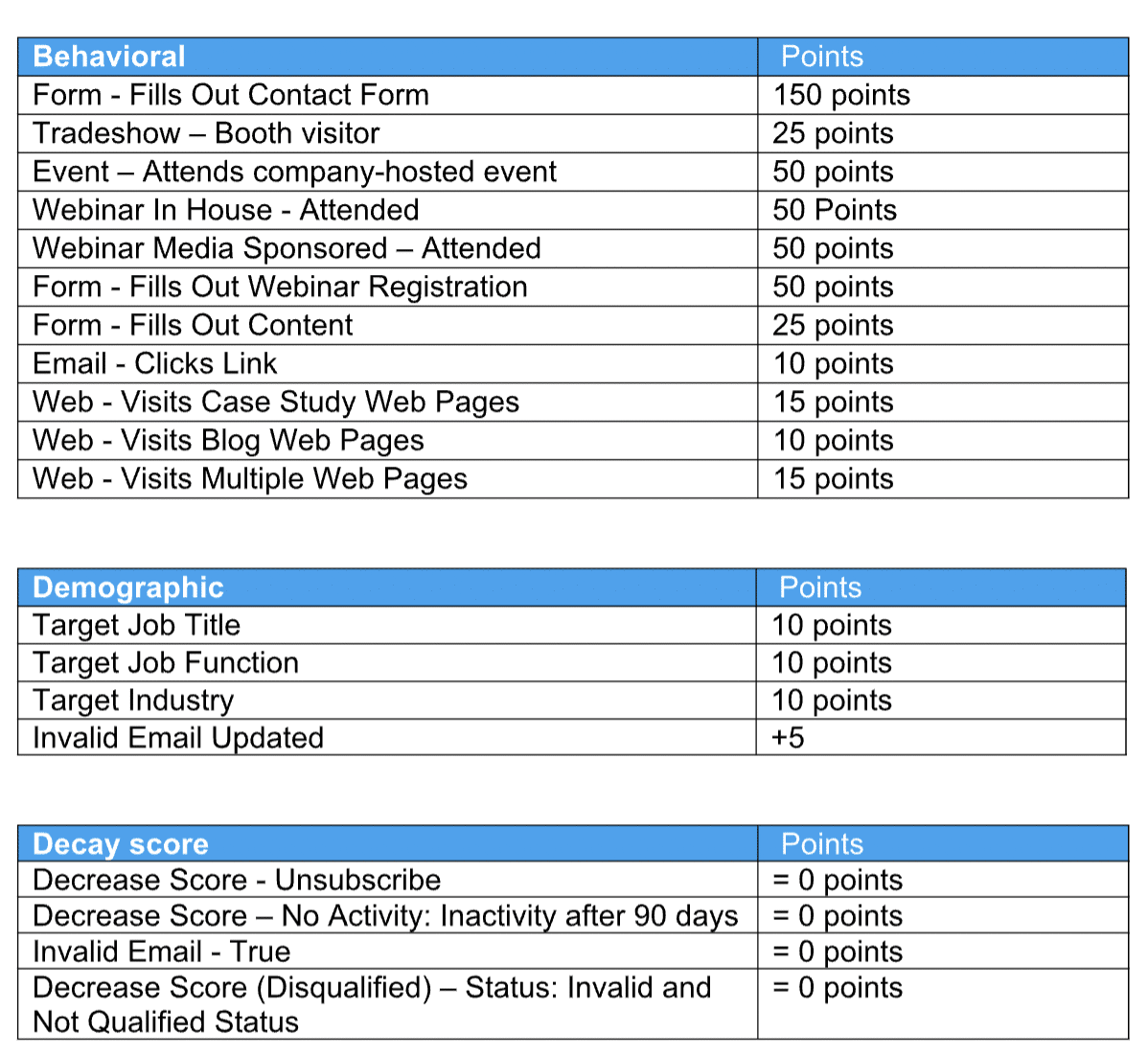
- Trigger: When your prospect shows an interest in your business.
- Action: This workflow identifies and classifies your prospects. The idea is to assign each of them a number of points (score) to reflect their conversion potential and their level of interest in your business. This allows you to assess whether it’s worth sending them personalized content later on.
Lead scoring is super effective for prioritizing the most interesting prospects and sending them messages to guide them effectively.
You can create lead scoring automation workflows that update these scores as users complete leads, meaning their purchase intent increases.
#10 Upselling

- Trigger: the end of a customer’s contract, or a change in the customer’s needs.
- Action: You can send a series of emails to your customers whose contracts are coming to an end soon, and take stock of their results or needs. You can also take advantage of this opportunity to make an appointment directly with him and present him with new offers better suited to his life cycle.
Upselling encourages customers to buy a product in a higher category than the one they were planning to buy. Up-selling campaigns are an excellent way of attracting new customers over the following weeks or months.
For example, if you notice that new customers are making a first purchase on your site, don’t hesitate to set up workflows that will encourage them to make further purchases in the future.
The key is to ensure that your campaigns are relevant to the purchases customers have already made, and to target them with additional products/services that will enhance the experience of their previous purchases.
#11 NPS

Trigger
One week after completion of a service or purchase.- Action: Net Promoter Score consists in sending out a satisfaction questionnaire to classify your customers into two categories: satisfied and dissatisfied. Based on their answers, your customers are automatically added to a list. For satisfied customers, you thank them and ask them to leave a review on your customer review platforms. For dissatisfied customers, you also thank them and talk to them by phone to understand their reasons for dissatisfaction and improve.
The Net Promoter Score is an indicator for measuring customer satisfaction. It’s a great way to take the temperature and track the satisfaction of your new customers over time.
Questionnaires will give you practical suggestions on how to improve your products and enhance customer satisfaction. You can automate this process and automate follow-up messages according to the type of feedback you receive.
Beyond the NPS, positive reviews on third-party platforms such as Google Reviews are very important for your potential customers’ decisions. You’ll want to automate this process and integrate a notification system into your workflow to alert your sales team when a review is left on a third-party platform. This will enable you to respond quickly and solve any problems you may encounter.
Once your customers are ready to recommend you to others, you can launch a referral campaign. All you need to do is set up an automated workflow that measures customer satisfaction throughout the lifecycle and sends relevant messages at the right time.
Successful marketing automation campaigns: a working method
#1 A campaign by objective
Define between 3 and 5 objectives, and for each objective, invent a dedicated campaign.
The easiest way to do this is to choose a revenue-generating framework (it doesn’t really matter which one you choose) and to define a goal for each element of the framework.
For example, for the AARRR framework:
- Acquisition: White paper with an “educational” sequence.
- Activation: A sequence of 4 or 5 e-mails that guide the user through account creation.
- Retention: We can imagine several scenarios here. The SaaS classic would be “Switch to annual subscription to save 2 months”.
- Revenue: A classic upsell scenario – Present the benefits of the features or services to which an upsell gives access.
- Referral: You can go very far on this front with very complicated things, or go very simple and ask for a customer review on a public platform, with one or two reminders.
You can use other frameworks (e.g. Awareness Consideration Decision) or run a campaign by product if you have several different products, or a campaign by persona if you have several, etc.
#2 Iterate and improve your campaigns
Once a month
Without completely changing your campaigns, you can optimize on the 3 or 5 emails that are delivered the most (by volume). Make sure you carry out A/B tests on your objects first, to maximize open rates. When relevant, you can also modify the call to action to maximize engagement (if applicable) or rewrite each sentence of the body text using three fewer words – until it means nothing (just before, that is). And that’s all there is to it!
Then you can run a more structured test on one of your campaigns. You can do this by extending the segment (widening it to include more contacts), modifying deadlines, or changing the order of emails (last first, first last, for example). You can also decide to change all the emails and A/B test them afterwards.
#3 Complexify flows sparingly
Once a quarter
- Invent a new scenario for one of the defined objectives.
- Create a scenario that intervenes in a different segment, in a different timeframe for example.
For retention, we can imagine adding an NPS scenario after a month if we’re able to catch up with detractors. Or an upsell scenario ($ retention, not logo retention), etc.

